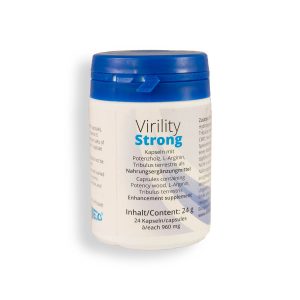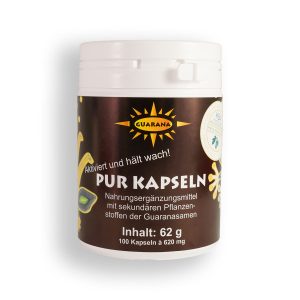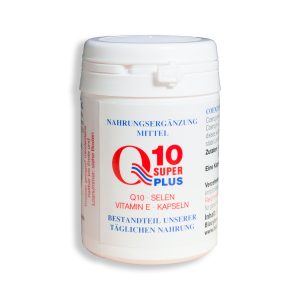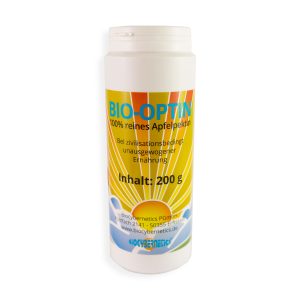Description
Frankincense
Boswellia serrata
Everyone knows it from church – but only a few know what is hidden behind the “typical incense smell”. Frankincense is the dried resin of the “frankincense tree” – a sparse, bush-like plant that grows mainly in the dry regions of India, Arabia and Africa. “Boswellia Sacra” is its name in Arabia, “Boswellia Serrata or Sarteri” in India. Even today, the center of frankincense extraction is in the region of Yemen and Oman – the so-called Frankincense Coast. Frankincense is obtained by scratching the bark of the tree with a knife. The emerging, still transparent resin dries under the desert sun, becomes solid and white. Then it is scraped off – and carried to market. Frankincense is still a precious substance. In the past, it was even weighed against the same weight of gold.
Frankincense has always been used in two fundamentally different ways: as smoke – and from substance itself. The ancient Egyptians used frankincense to make ointments for treating wounds. Hippocrates used it against diseases of the respiratory tract and the intestines. Ayurvedic medicine in India also relied (and still does) primarily on the anti-inflammatory effect. St. Hildegard von Bingen also knew about incense and recommended it against hearing loss and ringing in the ears.
The anti-inflammatory effect of frankincense is due to the boswellic acid.
The following effects are attributed to frankincense:
Anti-inflammatory
Analgesic
Relieves rheumatic complaints
Arthritis soothing
For intestinal inflammations (Crohn’s disease, ulcerative colitis, callangeous collitis)
Muscle and joint pain
Bronchitis
Asthma
Skin diseases (neurodermatitis)
Gastrointestinal symptoms may occur in case of overdose. Interactions with other medications are not known.
There are differences in the quality of frankincense. In addition to the regular harvest time, the age of the tree also plays a role. The older the tree, the higher the quality of the resin obtained. Older trees provide larger crystals that are of better purity. The content of essential oils is the main criterion. There are different colorations resulting from the different growing areas and climatic conditions.
We attach great importance to quality!
Content:
40% inulin, 32% frankincense extract, plant cellulose.
Releasing agent: silicic acid, magnesium salts of fatty acids
One capsule contains: 250mg inulin, 200mg frankincense extract
Directions: Take 1 capsule with liquid.
Do not exceed the indicated daily intake.
Keep out of the reach of children.
Food supplements should not be used as a substitute for a balanced and varied diet.
Are there any side effects?
Gastrointestinal symptoms may occur in case of overdose. Interactions with other medications are not known.










